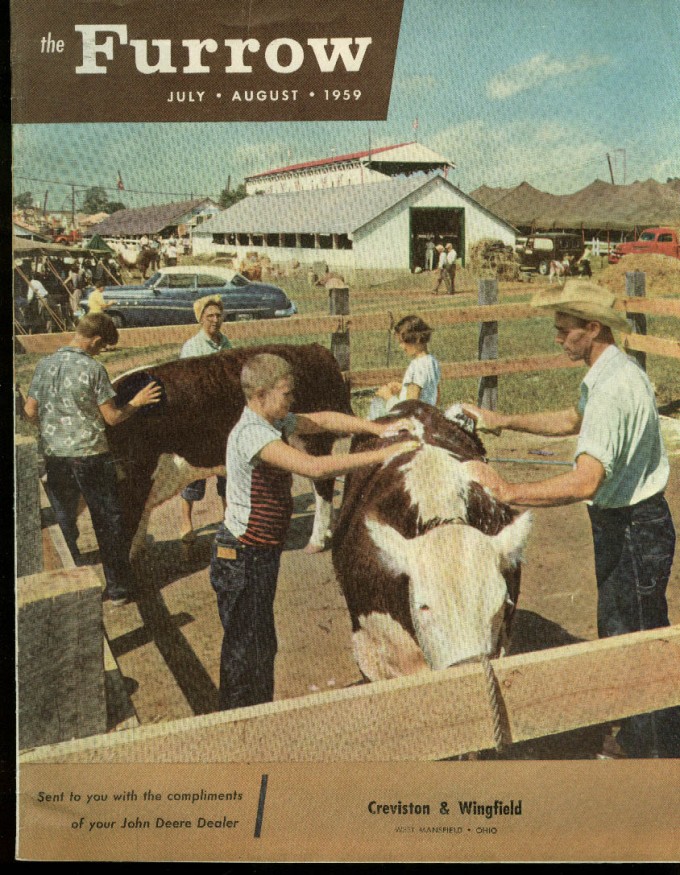- Blog Home
- Content Marketing
- Adam Grifitth
- The Best Examples Of Real World Content Marketing
The Best Examples of Real World Content Marketing

We're living in the age of the digital word and that's dramatically affecting our reading habits. A typical person will read about 54,000 words every single day and the vast majority of those come from online sources like blogs, social media posts, and emails.
But that doesn't mean that print marketing is dead, even in the tech-heavy sector of content marketing. In fact, there's been a resurgence in offline content marketing in recent years, building on a long tradition of promotional content based in paper and ink.
The first king of content marketing had to have been John Deere. The company's magazine, The Furrow, launched in 1895 and is still very popular. It has always focused on teaching farmers to be more fruitful. This has helped John Deere establish incredible brand loyalty and trust.
Flash forward to today. While the internet may be the dominant place for marketing, there are still many great examples in the real world (like The Furrow). Here are five exceptional print marketing campaigns.
1. Whole Foods Healthy Eating Workshop
According to marketing pros, tutorials are seen as one of the most effective forms of video content. Whole Foods is one company that's finding this translates offline.
The food retailer runs the Healthy Eating Workshop out of many of its stores nationwide. These lifestyle-focused tutorials have value to shoppers because they teach them how to eat better using products, foods and recipes that can be found in the store. There is a clear benefit here and there is no "hard sell." This helps Whole Foods build positive perceptions about their brand.
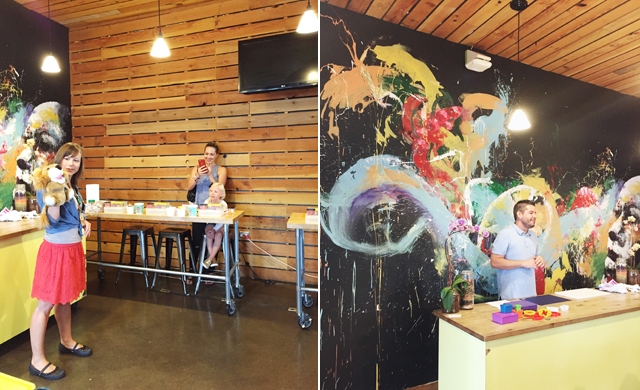
Whole Foods has become a major grocery retailer in just over a decade. Clearly, while part of that has to do with the trend towards natural and organic foods, another main reason is brilliant real-world marketing like this. So, it shouldn't come as a surprise that Whole Foods reached record sales levels in 2016.
2. The Michelin Guide by Michelin
The Michelin Guide launched all the way back in 1900. It's still available today in print. At first sight, it may seem weird that a tire company has a travel guide offering information about hotels, restaurants and roadways. But, upon deeper analysis, it's a really smart piece of print marketing.
Much like The Furrow, which has always covered the rural lifestyle, The Michelin Guide is a great example of content marketing because it connects to Michelin customers. In the beginning, Michelin used its guide as a way to encourage travel via the car (which would lead to more tire purchases). Now, it's a quintessential guidebook for those in search of fresh experiences.
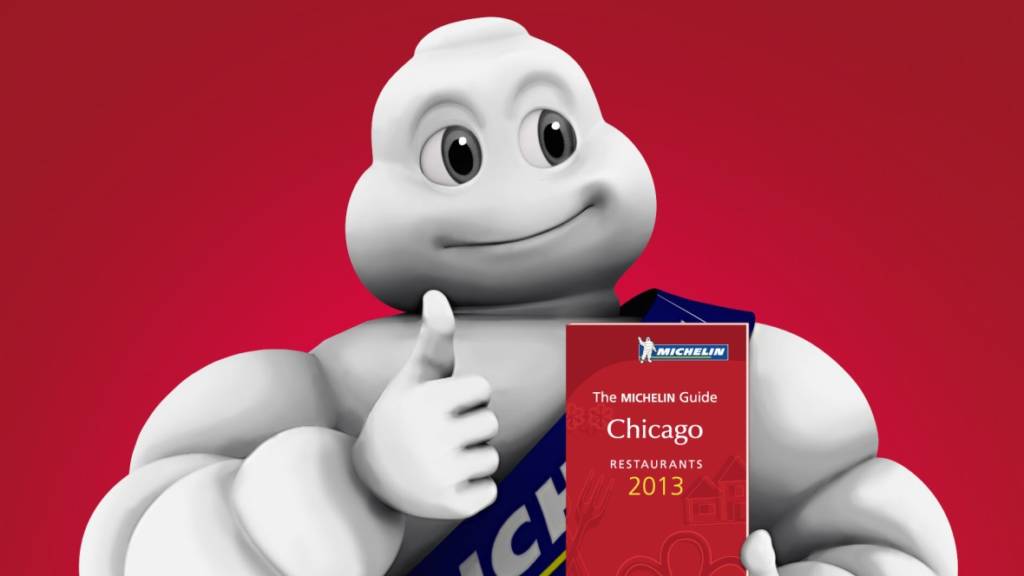
The Michelin Guide has been influential in helping establish Michelin as a premium brand. It's also even turned the company into a fine dining authority, which certainly elevates opinions about its tires.
3. Reese's Final Four Friday Activities
Companies that run marketing campaigns during real-world sporting events, like NCAA March Madness(r), have the opportunity to reach a large audience and boost sales. Reese's, the famous chocolate candy, is one brand that has always done this well.
While Reese's did a lot on social media, they hosted live events as well. The Final Four Friday features practices from the teams, an all-star game, and recognition of youth who have conducted community service projects. The celebration of community activists is part of what makes the campaign so great. Reese's brings storytelling to life and shows that everyone can be a star.
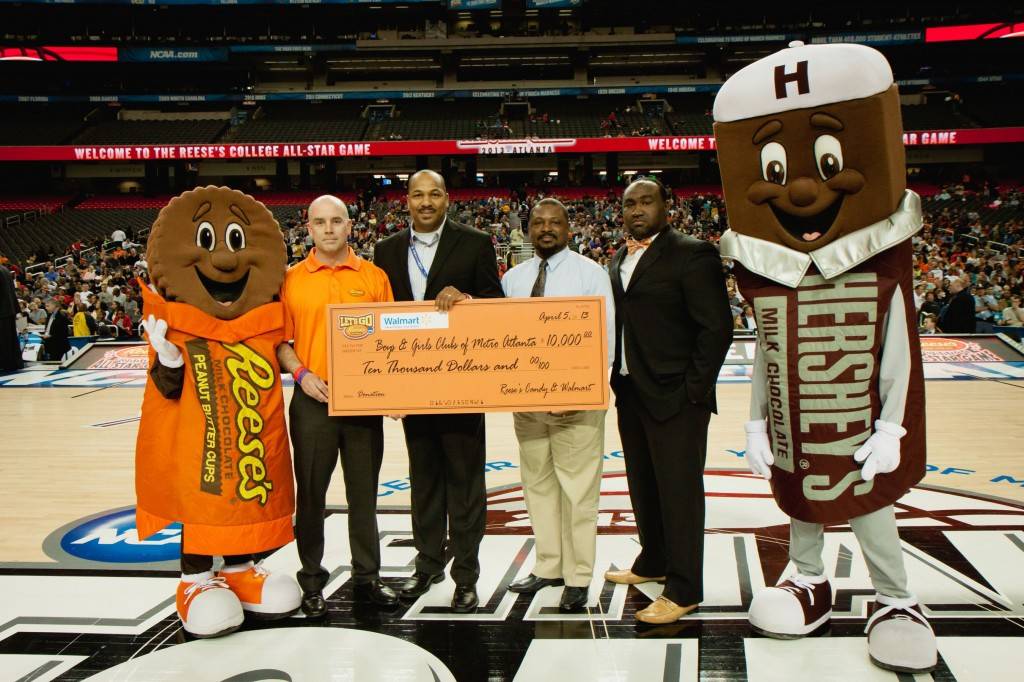
The key here is that Reese's is not actively selling its candy. It's simply getting involved in the event with charitable and fun events. When 94 percent of consumers think businesses should give back, what Reese's is doing here with its March Madness(r) marketing campaign makes sense.
4. TOMS and Zumiez's In-Store Style Your Sole Event
Content marketing is changing the way real-world promotions are done in-store. The goal should be to create a positive experience because an estimated 72 percent of folks will share that experience with six or more people. Toms, a shoe designer, and Zumiez, a specialty clothing store, took note of this when they partnered for a campaign.
The two brands hosted in-store events across the country where shoppers could design their own shoe with local artists. The reason why this worked so well is the utility it served to customers. It was certainly a promotion, but instead of just offering discounts, the two companies gave customers a unique reason to visit the store. Also, they got to participate in a community activity.
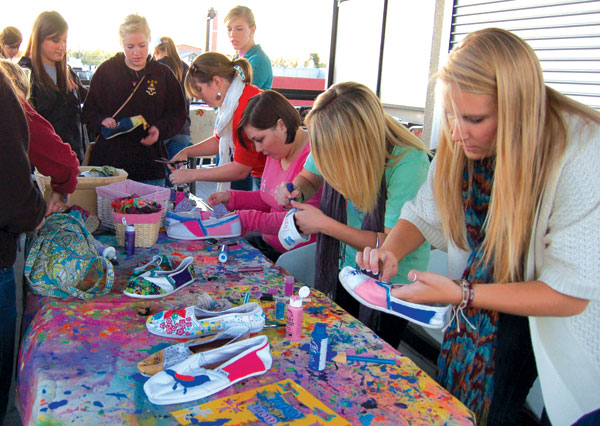
The whole point is simple: Ensure customers have a good time at the store. This is the way to guarantee a positive relationship is established with customers. With ingenious content marketing ideas like this, it's easy to see why Toms was valued at $625 million in a deal in 2014 (just eight years after launching).
5. The Red Bulletin by Red Bull
Red Bull is famous for the slogan, "gives you wings" (even if that led to a $13-million lawsuit). Beyond that neat advertising, though, is some pretty solid old-school print marketing--The Red Bulletin.
An interactive lifestyle magazine, The Red Bulletin shares articles and stories that speak to the lifestyle its drinks promote. Distribution of the print magazine has reached about $5 million.
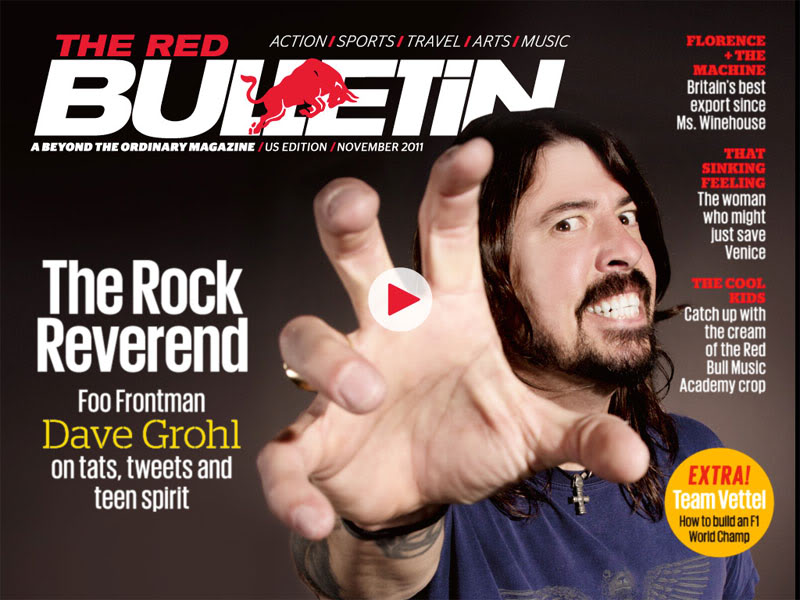
Obviously, Red Bull does use marketing avenues, like online videos, social media posts and more. But the success of its old-school magazine proves there is still a place for real-world content marketing in the digital era.
For those companies that have been placing all their marketing resources into online content creation, know other options are available. Real-world content marketing is certainly worth a shot. Because if an innovative campaign is created and executed well, real-world marketing can be a great, cost-effective way to grow a business.
